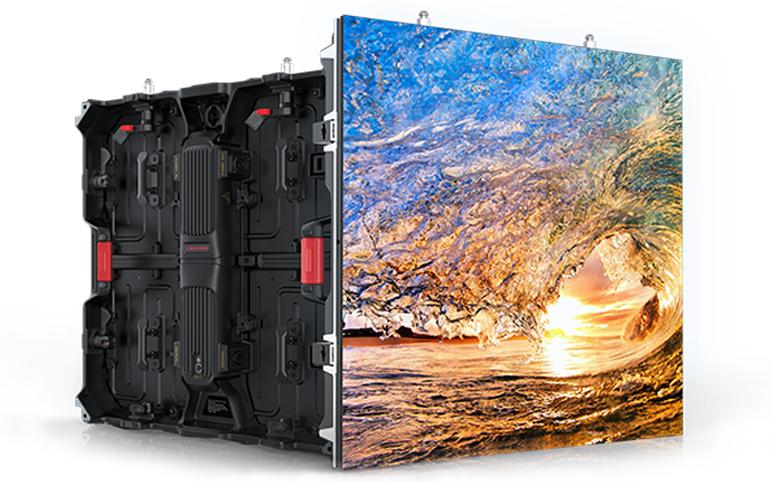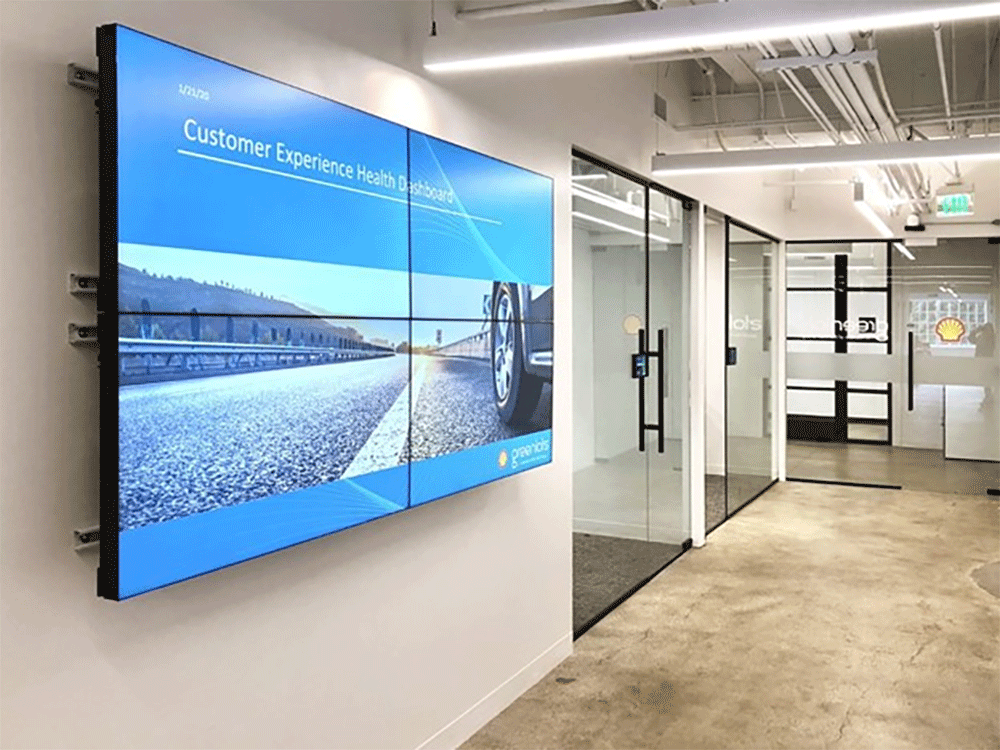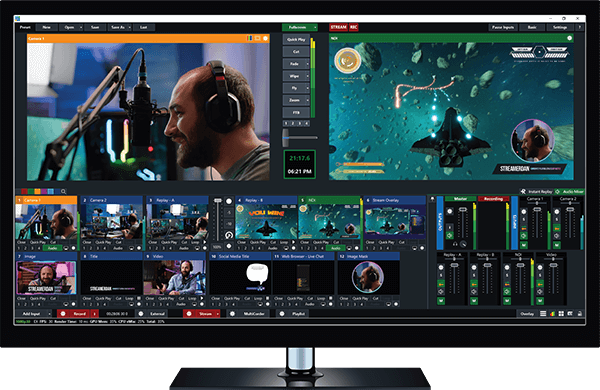Video systems offer a range of benefits to users, making them popular for both homes and businesses.
Monitor activity remotely: Check in on your property or loved ones from anywhere with an internet connection.
Improve productivity: Businesses can use video to monitor employee activity and optimize workflows.
Increase peace of mind: Knowing your property is being monitored can provide a sense of security and well-being.
Here's a breakdown of the key technologies involved:
Capture: The heart of any video system is the camera. Modern cameras use image sensors that convert light into electrical signals. These signals are then processed to create a digital representation of the image.
Signal Processing: The raw image data from the camera needs to be formatted for transmission or recording. This involves technologies like compression, which reduces file size without sacrificing too much quality.
Transmission (Optional): In some systems, the video signal needs to be sent to a monitor or recording device. This can be done through wires (coaxial cables for traditional systems or ethernet for modern ones) or wirelessly using Wi-Fi or radio frequencies.
Display: The processed video signal is displayed on a screen like a TV or monitor. Resolution (how sharp the image is) and refresh rate (how often the image updates) are key factors in display quality.
Recording (Optional): For security or monitoring purposes, the video data might be recorded. This can be done on devices like DVRs (Digital Video Recorders) that use hard drives or on cloud-based storage.



